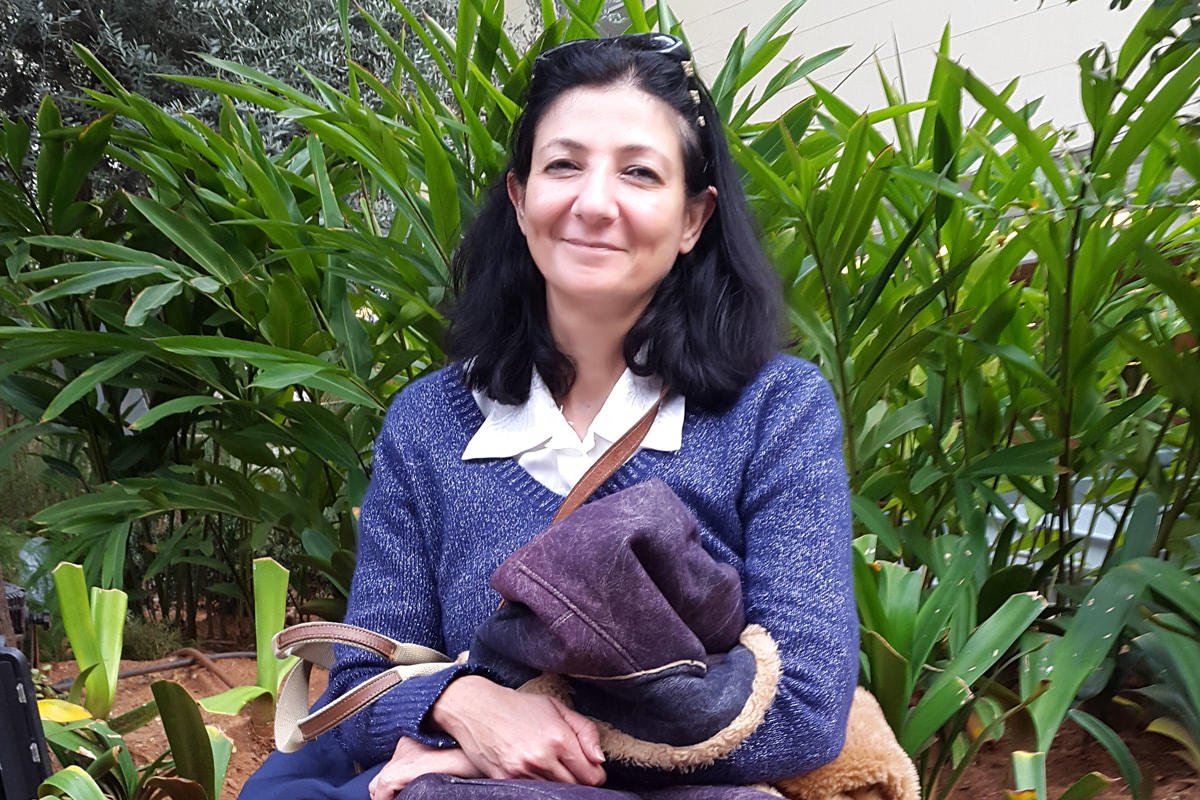Research Highlight: Breaking Down the Arab Woman Stereotype
Dr. Luma Balaa offers a new reading of works by female Arab authors.
Associate Professor of English Studies Luma Balaa wants to offer a new reading of works by female Arab authors, approaching themes such as Orientalism, gender, patriarchy and the female view of herself.
Dr. Balaa has focused her research on three major Arab women writers – Hanan el-Sheikh, Nada Awar al-Jarrar and Nawal Saadawi – whom she discusses, along with themes such as gender and identity, exile, matrilineage, madness and sexuality, in her course Gender in Literature. The course traces the construction of gender as depicted in literature and other cultural productions.
She also delves into those topics in a recent study published in 2018 in Journal of International Women’s Studies, which focuses on Saadawi’s 1975 novel Woman at Point Zero. In the paper, “El Saadawi Does Not Orientalize the Other in Woman at Point Zero,” Dr. Balaa aims to refute arguments that Saadawi was painting Arab and Muslim women with the brush of Orientalism, portraying them as victims, oppressed and backward-leaning.
Dr. Balaa notes that, like in any work of fiction, the main character in the novel, Firdaus, was exaggerated to “symbolize what might happen to some Arab women. This doesn’t mean that all Arab women are Muslim. It also does not mean that Islam is the oppressor.”
To make her argument, Dr. Balaa uses the notion of intersectionality, referring to the presence of multiple factors as underlying causes for oppression.
“It could be politics, the rules, the culture, the law, or the misinterpretation of Islam,” she says. As an example, Dr. Balaa cites Firdaus’ rape by her uncle, which is considered a crime in every culture and context, and not only Islam. Furthermore, Saadawi has the heroine rebel in the end and kill the man who is selling her into sex – a character who symbolizes the patriarchy.
“In this case, I say she occupies a space in between where Saadawi uses stereotypes but where, later on, combats those stereotypes when she shows rebellion,” she said.
Dr. Balaa also notes the presence in the book of “multiple jeopardy,” a form of intersectionality, to show that women can face multiple forms of oppression, simultaneously, that are not associated with their ethnicity as Arabs or their religion as Muslims.
“It could be color of skin, class, culture, religion and rules all at the same time,” she says, adding that the idea of multiple jeopardy is being used by women of all backgrounds and situations to highlight their multifaceted struggles.
Her research is timely in light of the rising wave of Islamophobia in the West in recent years, which, she stresses, needs to be countered with an awareness of how complex and dynamic Arab and Muslim societies are through literature.
“Sometimes the Western perspective of Arabic literature is that they take everything literally. They read Arabic literature and try to focus on female circumcision or the veil, and they try to generalize it,” she says. She recommends that Western readers try to examine literary texts in light of the social or political conditions that inspired them, instead of viewing the work as a “window to a timeless Islam” that represents all Arabs.
“Because of the negative representation of Arabs, I am doing the opposite and trying to analyze this novel from a different point of view. She is a Muslim, yes, but it is not Islam that is oppressing her,” she says, referring to Firdaus.
In the end, Dr. Balaa notes, Saadawi gave the heroine control over her body and allowed her to use it as a source of power rather than vulnerability.
